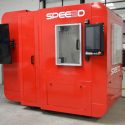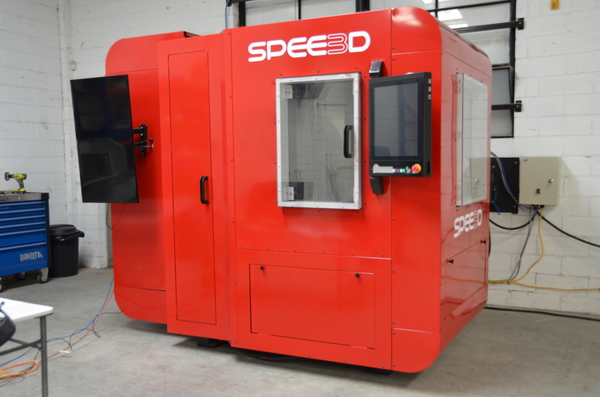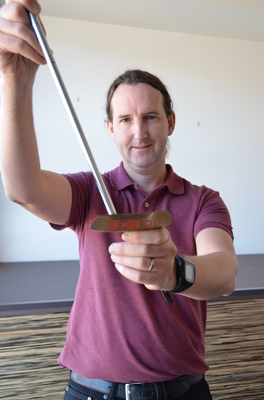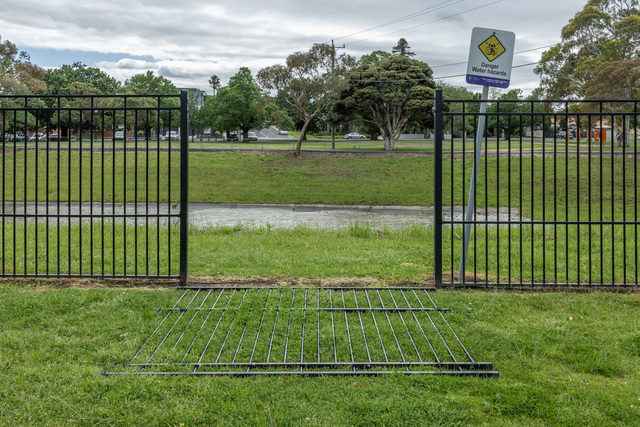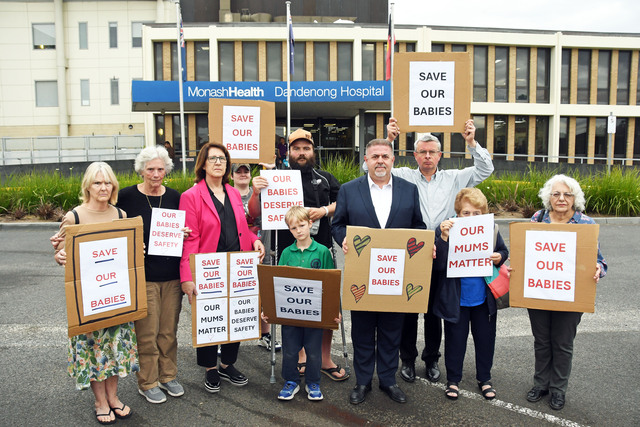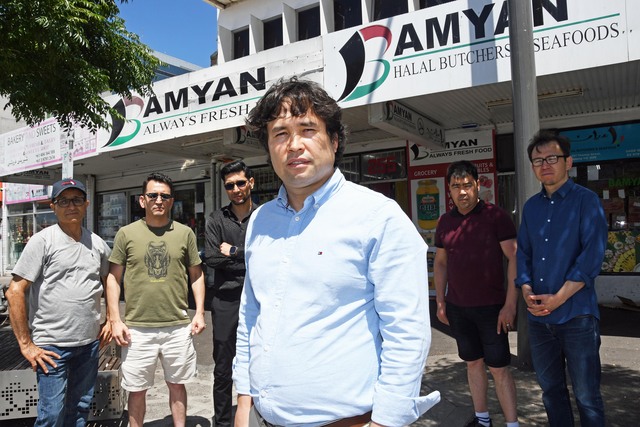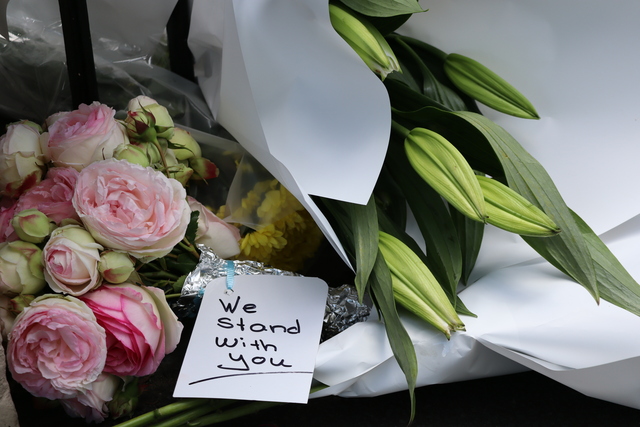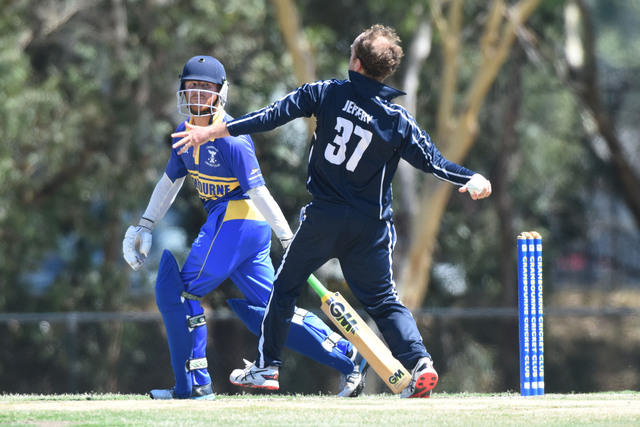By Casey Neill
Spee3D printers can make a golf putter in about eight minutes, and they’re being built in Dandenong.
Managing director Byron Kennedy has just moved into the new premises he hope will produce 24 of the $750,000-plus printers each year over the next two years.
“We use local suppliers for the vast majority of parts and then they’re shipped out from here,” he said.
“This is a big export product.
“The markets for us will be Germany, Japan, the USA, but we’re working with some very large Australian companies as well.”
The device makes parts using powdered metal.
“The aluminium is mined in Queensland, then sent to Tasmania and turned into aluminium powder,” Mr Kennedy said.
“We then get that aluminium and build the parts.
“We can build the lowest cost parts and you can export them and the whole product is done in Australia.
“Instead of shipping off dirt to China we can ship end product which is of much higher value.
“Our markets we’re targeting are companies in the automotive sector and industrial companies.
“The real advantage of the technology is it’s fast.”
That golf putter? It takes other companies about 24 hours to make.
“We’re targeting more simple parts – parts that people use today like brackets, adaptors – just simple things but we can print them very fast and very cheap,” he said.
“We’re selling the printers now, primarily into the university sector, and then commercial following that.
“Our background was manufacturing. Our previous start up, we were manufacturing electric motors.
“We knew that 3D printing was coming but we looked at the technology and saw that it just wasn’t suited to manufacturing.
“We wanted to solve that issue. It was mainly the speed issue.
“We understand the pressure points that manufacturers face on a day to day basis.”
The casting process to produce a metal bracket could take three months.
“We can print ours in the same day,” he said.
“You can look and see if it’s any good, then make 100 parts that day.”
Mr Kennedy said this 3D metal printing technology would be very disruptive for the casting industry, but would never completely replace it.
“Casting is more economical in higher volumes,” he said.
“When you get above 10,000 pieces 3D printing is not economical.
“We’re targeting the one to 10,000 piece market.”
Spee3D received a Greater Dandenong Business Grant at Dandenong Civic Centre on 6 December alongside four other businesses.
It included up to $8000 plus business mentoring and marketing valued at about $2000.
The Journal will profile each of the recipients.

